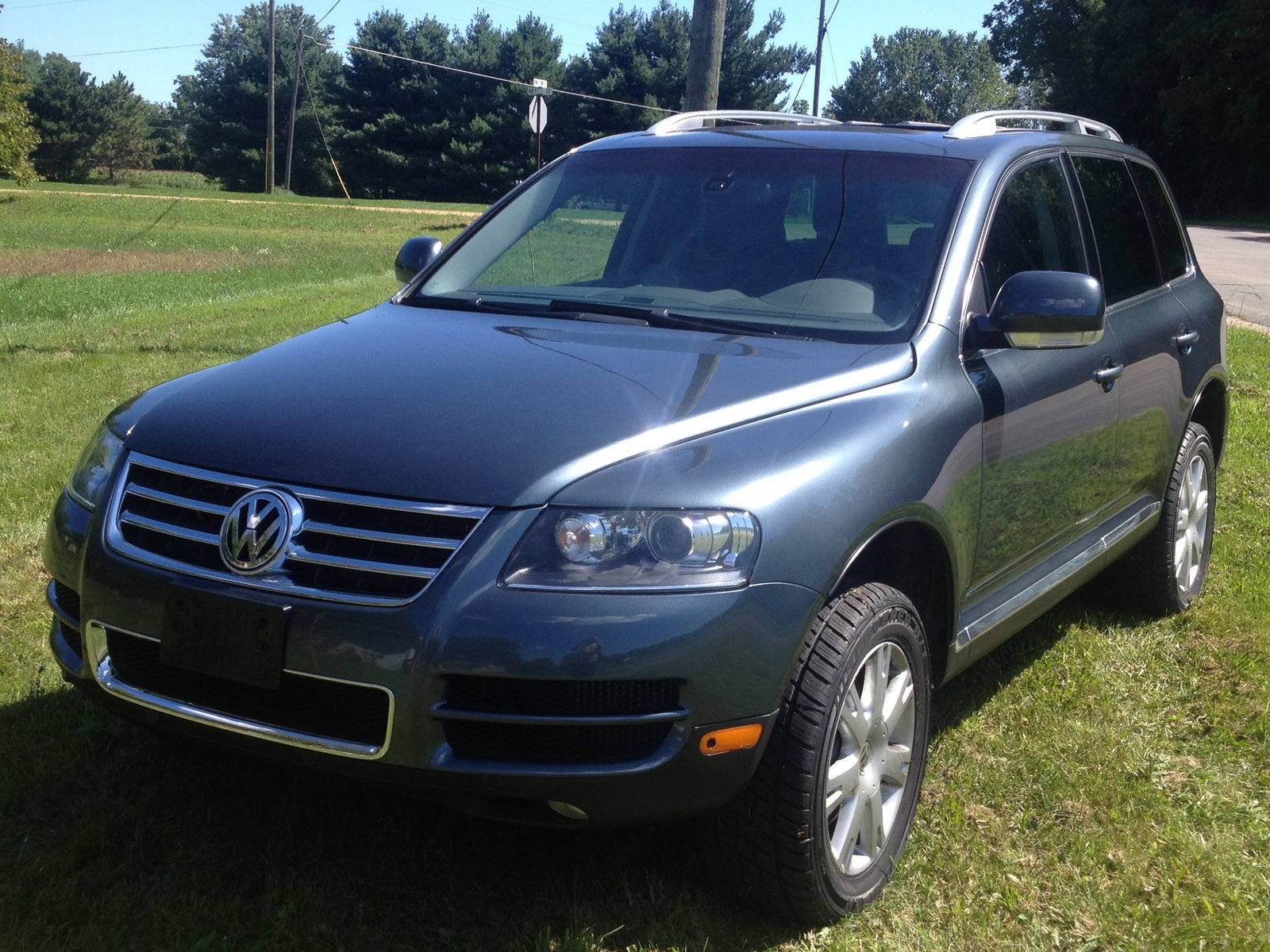The 1986 Honda Accord kicked off the car's third design generation with a sleek new look, larger dimensions and more power. The result was an Accord that managed to be both sportier and, in new top-line LXi trim, more luxurious. All this testified to Honda's roaring success in North America. Indeed, the company would soon be making more money in the New World than it did in Japan. Yet despite the model proliferation, the Accord remained Honda's chief moneymaker. Even the '86s, for all their obvious changes, maintained the key attributes that made Accords so appealing to American consumers. The 1989 addition of notchback coupe models further enhanced Accord's popularity. Most cars billed as "all new" really aren't, but the 1986 Honda Accord truly was. About the only things carried over were front-wheel drive and transversely mounted four-cylinder engine. Smooth new styling, announced by hidden lamps, complemented the usual low-slung Accord stance and brought larger dimensions.

Among several new convenience features were a fold-down rear seatback for sedans (with security keylock on the rear parcel shelf) and standard power antenna and door mirrors for LX and LXi models. The LXi duo included a power glass sunroof that was unavailable on other models. The midrange LX versions proved to be the most popular of the new Accords, offering most LXi features for not much more money than the plain DX versions. The editors also liked a test LXi hatchback for its zippier performance and all-round competence. The third-generation Honda Accord was predictably little changed for the sophomore 1987 model year. Sportier LXi models and the addition of a notchback coupe body style headlined the 1988 Honda Accord story. The new notchbacks offered the same three trim levels as other models and were essentially "two-door sedans" with a different rear roofline. This body style was suggested and designed by Honda's U.S. It reflected the fact that, unlike Japanese and European consumers, most Americans thought hatchbacks, however sporty looking, were too much like utilitarian station wagons; they also preferred the security of a lockable trunk over a hatchback's more-exposed cargo area.

As in 1985, it signaled the end of one design generation and the imminent arrival of the next. This year's SEi was basically an LXi sedan gilded with standard leather upholstery and a high-power Bose-brand stereo system. The third-generation Accord would be a tough act to follow. That situation would change somewhat in later years, but not as much as the car itself. See the next page to learn more about the evolution of the Accord. Get expert analysis of thousands of used cars over the past decade at Consumer Guide's Used Car Reviews. You've found the vehicle you want to buy, but only a Vehicle History Report can tell you if the odometer is accurate, if it's received any safety recall repairs, and a host of other essential information. The Honda Accord has been a perennial among Consumer Guide's Best Buy and Recommended vehicles. Find out why, and learn about our other top new-car values. Shopping for a hybrid car? Click here to see the 2007 Honda Accord hybrid and other 2007 hybrid car pictures.